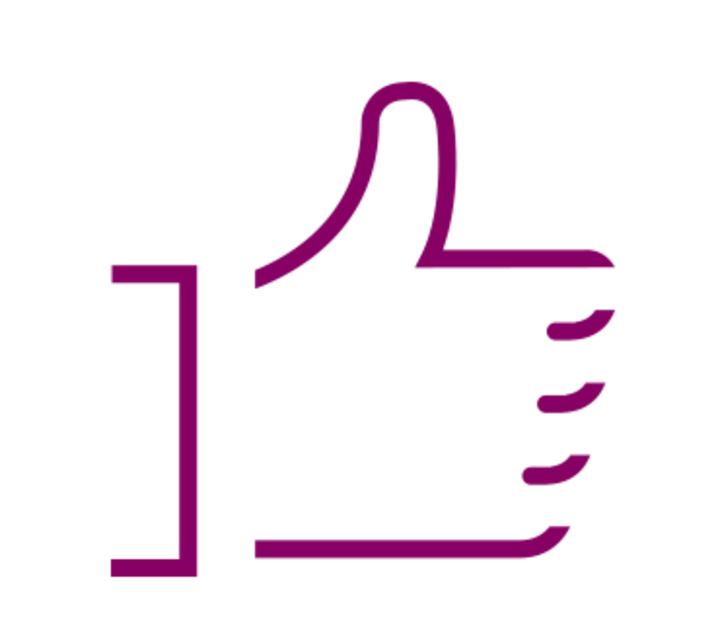Work longer hours
Are absent less frequently
Are less likely to quit

Express greater job satisfaction
What do you want to communicate?
Don't expect to share everything about your plan to employees once and expect them to remember or understand it. Instead, engage your employees through regular communications that are relevant and timely. For example, wait to provide detailed information about the tax implications to participating in the plan until the purchase date and/or at year end, when the information will be most relevant. Further, identify the questions people are repeatedly bringing to your department about your program. These are ideal subjects to craft communications around. For every person that asks a question, there are probably several others that are wondering the same thing or who may ask about it later.
What is your communications objective?
There is a difference between communications that create awareness and those that impart information. In order for your plan to operate at peak performance, you need to deliver both.
A recent Gallup poll shows that over 85% of large employers in the U.S. offer some sort of wellness program. Yet, only 60% of workers are even aware of the existence of such programs within the organization and of the 60% that are aware, only 40% actually make use of their wellness benefits. This study makes it clear that simply offering an employee benefit program doesn't guarantee participation in it. Unless the program is combined with effective strategies for increasing awareness of the program, it will likely fail to yield expected results. Out of sight, is out of mind!